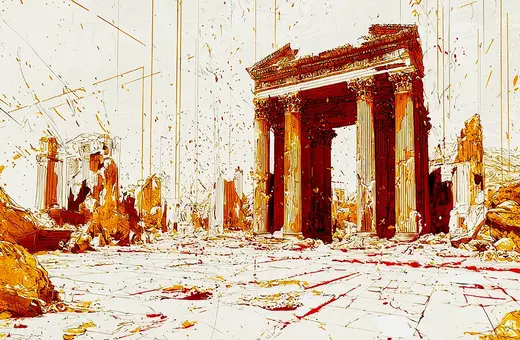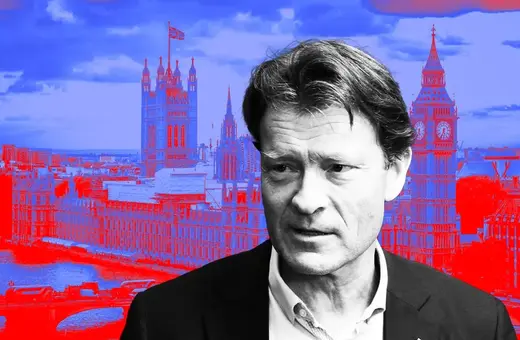Physicists have so far failed to unify general relativity and quantum mechanics. As attempts to unite them into a quantum theory of gravity mount up, philosopher of physics Dean Rickles argues that the assumption of materialism is the problem. We need to look beyond the physical—beyond space, time and matter—to something primordial out of which minds can construct physical reality, and which explains both general relativity and quantum mechanics. Pioneers like John Wheeler and David Bohm have already begun to chart what such a realm of “pre-physics” might look like—it’s high time physics took their ideas more seriously.
A pair of recent physics Nobel prizes (2020 and 2022) were awarded for basic research in general relativity (Einstein’s theory of gravitation that explains gravity as the curvature of spacetime by matter and energy) and quantum mechanics (our best bet for a theory of matter and energy). The experimental successes of these theories keep piling up. There is clearly much truth in them. They both aim to describe the same world: this world. They should surely overlap, since the matter and energy described by quantum mechanics should curve spacetime as well as good old-fashioned non-quantum mechanical matter and energy. Why then can we not construct a theory in which they both appear? Why is it so difficult to build what would be a Quantum Theory of Gravity?
___
It is the biggest scandal in physics, but it is rarely presented as anything other than an amusing paradox or an interesting challenge.
___
It seems, in crucial ways, their pictures of the world are completely at odds. Quantum theory speaks of particles and fields in a fixed spacetime that stands quite apart from them. General relativity speaks of a spacetime that gregariously joins in the drama with particles and fields. Demanding the particles and fields obey quantum mechanics spoils their passionate tango with gravity and spacetime. Making the spacetime move and curve by the matter and energy described by quantum theories, spoils the tight rules of quantum theory that make it go. We are as a result in a more-than-century-old stalemate. And consider what this means for our scientific worldview: if these two theoretical frameworks cannot peacefully co-exist, then there is no solid ground for physics to stand on at a fundamental level. It is the biggest scandal in physics, but it is rarely presented as anything other than an amusing paradox or an interesting challenge. It’s a mess!
___
The shackles of orthodox, materialist approaches to doing physics must at the very least be loosened, if not broken off completely to make progress.
___





















Join the conversation